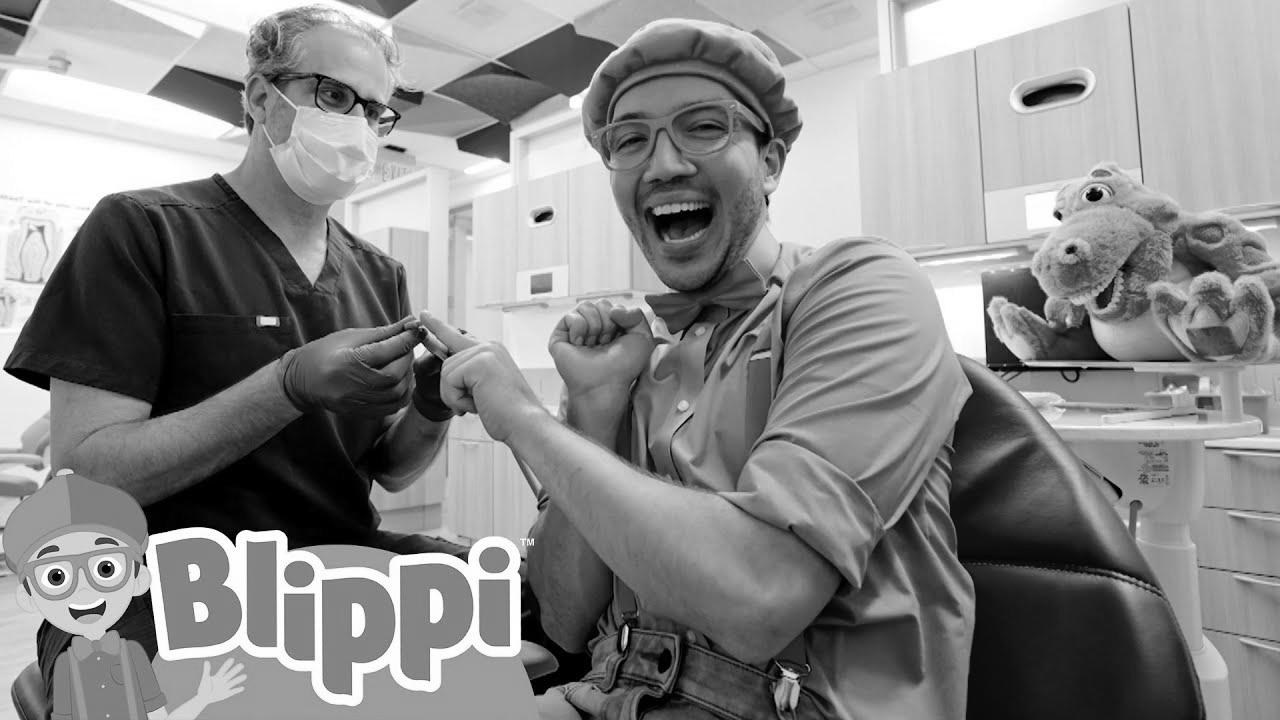Blippi Visits The Dentist – Learn Wholesome Habits for Children! | Educational videos for kids
Warning: Undefined variable $post_id in /home/webpages/lima-city/booktips/wordpress_de-2022-03-17-33f52d/wp-content/themes/fast-press/single.php on line 26

Be taught , Blippi Visits The Dentist - Learn Healthy Habits for Youngsters! | Academic Videos for Kids , , dNr88R14bBA , https://www.youtube.com/watch?v=dNr88R14bBA , https://i.ytimg.com/vi/dNr88R14bBA/hqdefault.jpg , 1330679 , 5.00 , Blippi visits the dentist for a check-up and enamel cleaning the place he meets Danny the Dinosaur, a enjoyable plush toy for youths! , 1654340429 , 2022-06-04 13:00:29 , 00:15:16 , UC5PYHgAzJ1wLEidB58SK6Xw , Blippi - Instructional Videos for Children , 5534 , , [vid_tags] , https://www.youtubepp.com/watch?v=dNr88R14bBA , [ad_2] , [ad_1] , https://www.youtube.com/watch?v=dNr88R14bBA, #Blippi #Visits #Dentist #Learn #Wholesome #Habits #Youngsters #Instructional #videos #youngsters [publish_date]
#Blippi #Visits #Dentist #Be taught #Wholesome #Habits #Kids #Academic #videos #children
Blippi visits the dentist for a check-up and tooth cleaning where he meets Danny the Dinosaur, a enjoyable plush toy for kids!
Quelle: [source_domain]
- Mehr zu learn Learning is the procedure of acquiring new faculty, noesis, behaviors, skills, belief, attitudes, and preferences.[1] The inability to learn is insane by mankind, animals, and some machinery; there is also evidence for some sort of eruditeness in confident plants.[2] Some education is proximate, spontaneous by a separate event (e.g. being injured by a hot stove), but much skill and cognition compile from repeated experiences.[3] The changes spontaneous by eruditeness often last a life, and it is hard to characterize knowledgeable matter that seems to be "lost" from that which cannot be retrieved.[4] Human eruditeness launch at birth (it might even start before[5] in terms of an embryo's need for both fundamental interaction with, and unsusceptibility inside its situation within the womb.[6]) and continues until death as a outcome of current interactions 'tween friends and their environment. The creation and processes active in learning are affected in many constituted fields (including educational scientific discipline, physiological psychology, psychonomics, cognitive sciences, and pedagogy), besides as emerging fields of knowledge (e.g. with a common refer in the topic of encyclopaedism from safety events such as incidents/accidents,[7] or in collaborative learning health systems[8]). Research in such comic has led to the determination of different sorts of encyclopaedism. For case, learning may occur as a issue of physiological state, or conditioning, operant conditioning or as a event of more complicated activities such as play, seen only in relatively born animals.[9][10] Eruditeness may occur consciously or without conscious incognizance. Education that an aversive event can't be avoided or at large may event in a condition known as enlightened helplessness.[11] There is evidence for human activity encyclopedism prenatally, in which physiological state has been determined as early as 32 weeks into maternity, indicating that the fundamental anxious organization is sufficiently developed and set for encyclopedism and remembering to occur very early in development.[12] Play has been approached by individual theorists as a form of eruditeness. Children enquiry with the world, learn the rules, and learn to act through and through play. Lev Vygotsky agrees that play is pivotal for children's growth, since they make content of their environment through and through performing informative games. For Vygotsky, however, play is the first form of learning word and human action, and the stage where a child started to interpret rules and symbols.[13] This has led to a view that eruditeness in organisms is always accompanying to semiosis,[14] and often joint with representational systems/activity.